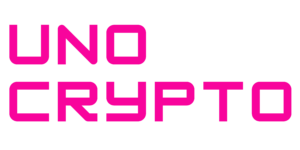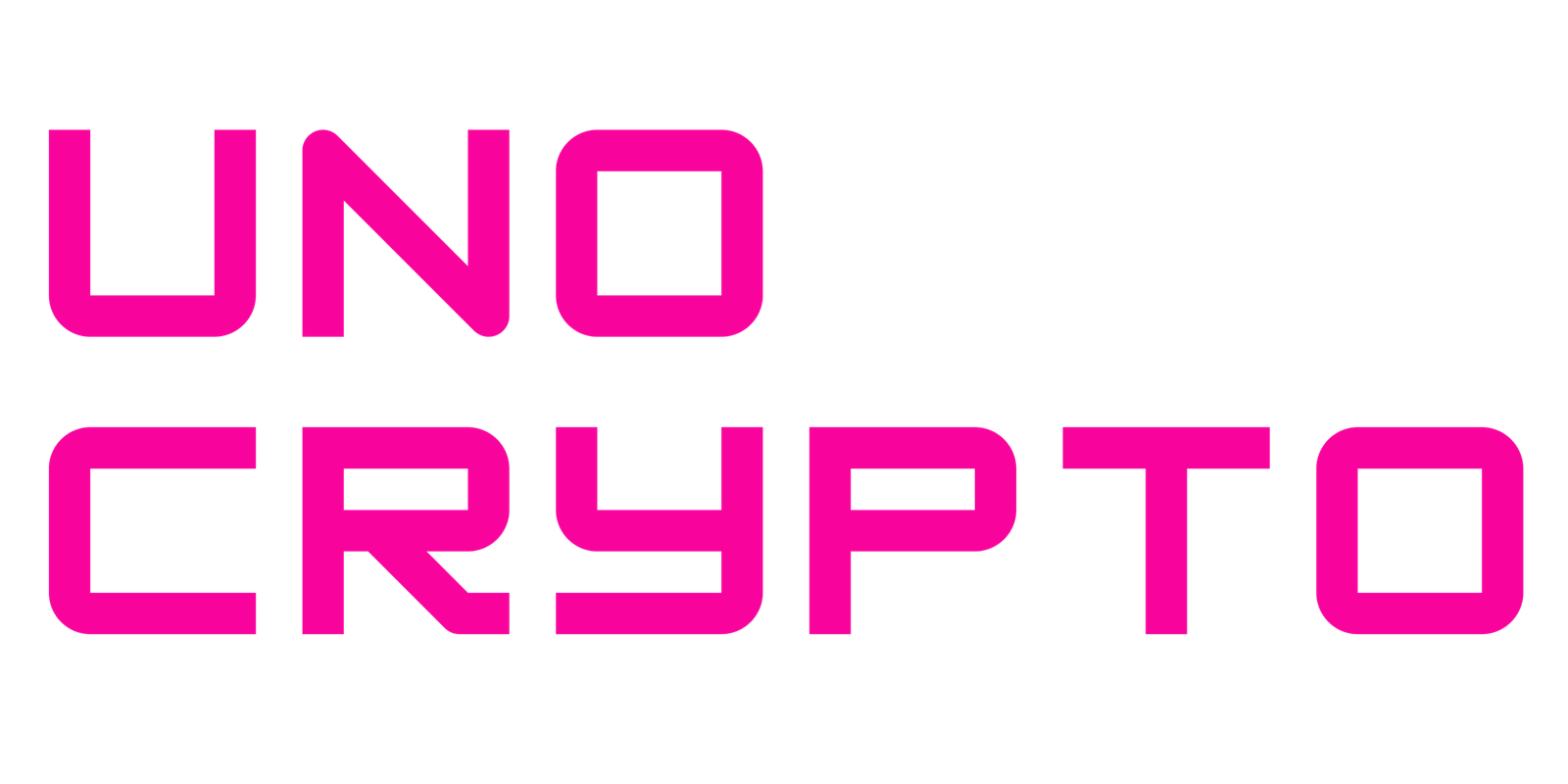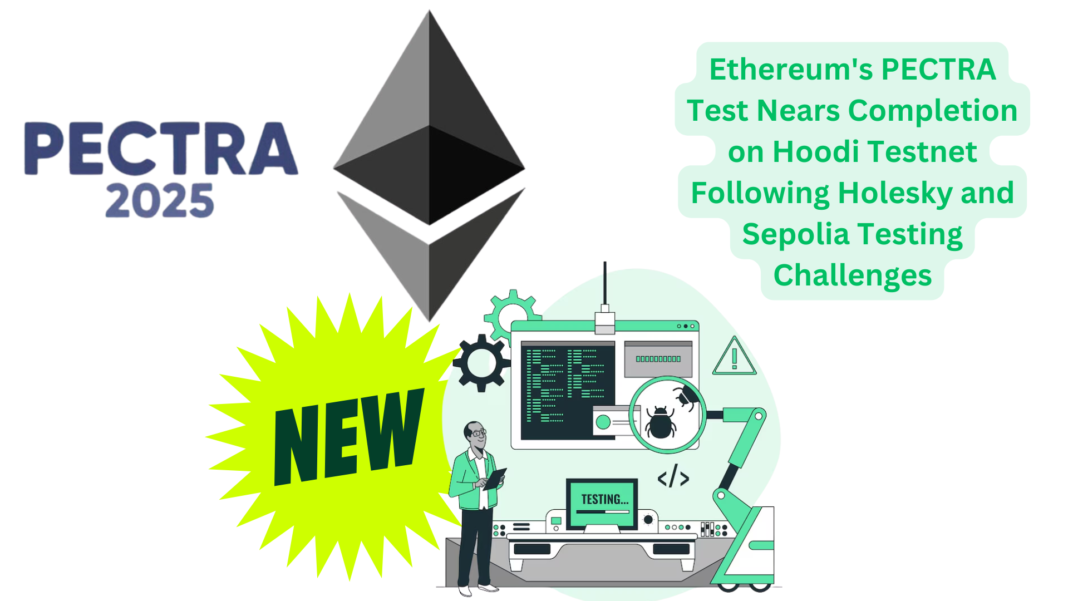Ethereum developers are almost ready to complete the PECTRA test on the Hoodi testnet after encountering a number of difficulties with the Holesky and Sepolia testnets, per market reports.
In order to guarantee the security and effectiveness of Ethereum’s blockchain network, the PECTRA (Proof of Ethereum Consensus and Transaction Robustness Assessment) test is an essential step.
Before the changes are put into effect on the mainnet, it assists developers in identifying and fixing any possible vulnerabilities by assessing how reliable Ethereum’s consensus mechanism is.
Why is The PECTRA Test Important For Developers?
Originally scheduled to launch on the Ethereum mainnet in March, the Pectra update was introduced on February 24 onto the Holesky testnet.
Developers had to look into and fix the reasons why the upgrade didn’t complete on the network.
Later, the Sepolia testnet received the upgrade on March 5. However, an unidentified attacker utilized a “edge case” to trigger the mining of empty blocks, which exacerbated the issues that engineers had previously seen.
Block validation, transaction processing, and network stability were among the problems that the Holesky and Sepolia testnets encountered in the whole process.
In order to address these issues and provide a more dependable testing environment, the Ethereum development team turned their attention to Hoodi, a new testnet.
It is anticipated that Hoodi’s improved design would solve the issues with its predecessors and offer a more realistic simulation of blockchain settings in the real world.
PECTRA’s Successful Completion Might Drive Ethereum’s Market Dominance
As Ethereum developers strive to increase network scalability, security, and performance, PECTRA’s successful completion on the Hoodi testnet will mark an important milestone.
The results of this testing phase will direct future enhancements and modifications, guaranteeing the security and effectiveness of Ethereum’s next updates.
The Ethereum community is anxiously awaiting PECTRA’s completion, which will be a significant milestone in the network’s further evolution.
What Will The PECTRA Test Help With?
Examining the stability and security of the network’s consensus process requires the use of Ethereum’s PECTRA test (Proof of Ethereum Consensus and Transaction Robustness Assessment).
The underlying protocols must be able to manage large transaction volumes, preserve decentralization, and resist possible weaknesses as Ethereum develops further with updates like Ethereum 2.0.
Prior to deploying modifications on the mainnet, PECTRA assists developers in locating and fixing flaws in block validation and transaction processing.
By giving important information on how the network will function in different scenarios, this testing stage guarantees that any future updates are secure and reliable.


